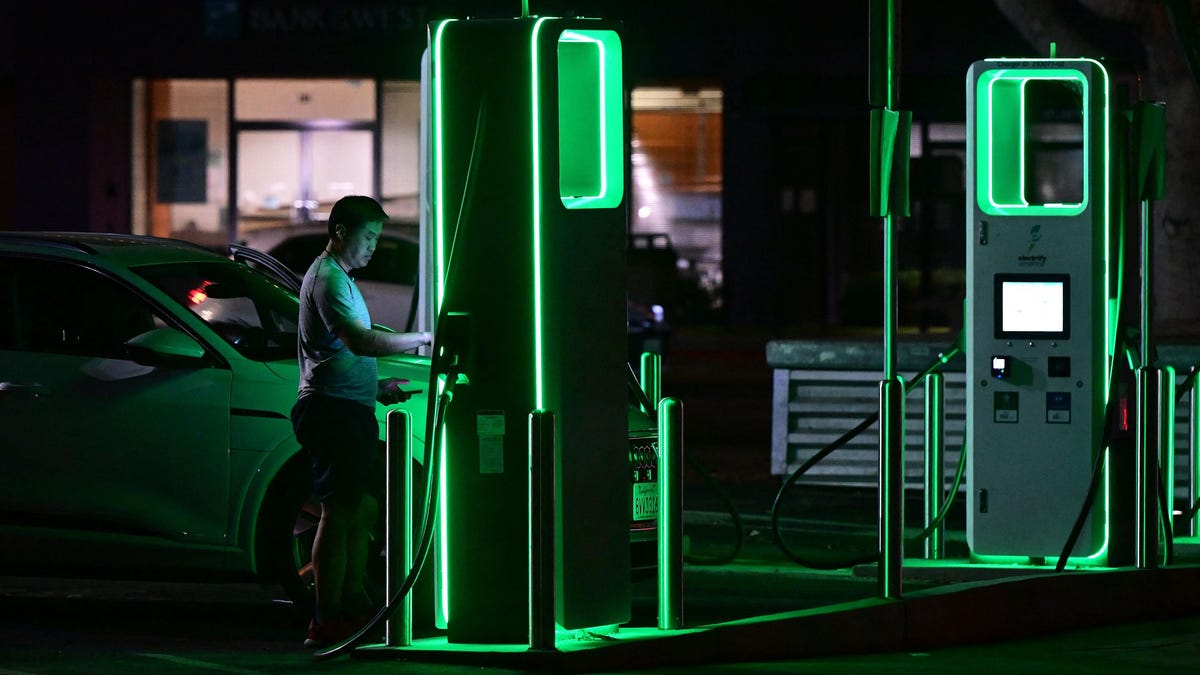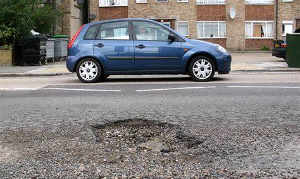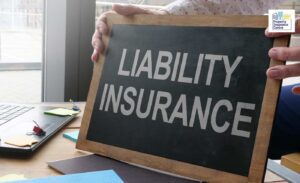As EVs Become More Common, Nighttime Electricity Will Get More Expensive

A driver charges his electric vehicle at a charging station as the California Independent System Operator announced a statewide electricity Flex Alert urging conservation to avoid blackouts in Monterey Park, California on August 31, 2022. – Californians were told August 31, 2022 not to charge their electric vehicles during peak hours, just days after the state said it would stop selling gas-powered cars, as the aging electricity grid struggles with a fearsome heatwave. Temperatures as high as 112 degrees Fahrenheit (44 degrees Celsius) were forecast in some Los Angeles suburbs as a huge heat dome bakes a swathe of the western United States. Photo: FREDERIC J. BROWN/AFP (Getty Images)
The shift from internal combustion vehicles to electric is already changing the way we live and drive, and early adopters of the technology are not exempt. A new study confirms mass adoption of EVs will turn current conventional wisdom of charging cheaply at night on its head.
A new study published in Nature Energy Thursday from Stanford University looked at how EV ownership would affect electricity demand in western states already suffering from rolling black outs on high heat days. The research team found what logic could have told you: If everyone has an EV and everyone charges it at night, then charging at night is bound to get more expensive. From the Verge:
The study, which was conducted by a team at Stanford University and published in Nature Energy, found that increasing EV ownership in the western US could lead to peak net electricity demand increases by up to 25 percent by 2035, the year California has said it would ban the sale of gas-powered cars and trucks.
That demand could rise to as much as 50 percent under a “stress test” scenario where every vehicle on the road is a plug-in model, the team concludes. More demand translates into higher prices, which means the glory days of cheap overnight charging may be coming to an end.
To combat the problem, we’ll need more folks charging their cars during the day, like while at work or out and about town. That will also mean a heavy investment in public EV chargers, which the feds are finally stepping in to provide. Last month, the Biden administration devoted $5 billion to building a public charging network of over 500,000 fast chargers.
This year, California became the first state to declare it would ban the sale of gas cars in 2035. Currently, the state has the most EVs registered over every other state by far—about six percent of the fleet. But California also had rolling blackouts earlier this month due to high demand caused by skyrocketing temperatures, CNBC reports. Figuring out the right mix of people charging will be key to keeping the state afloat as extreme temperatures become just as common as EVs.




